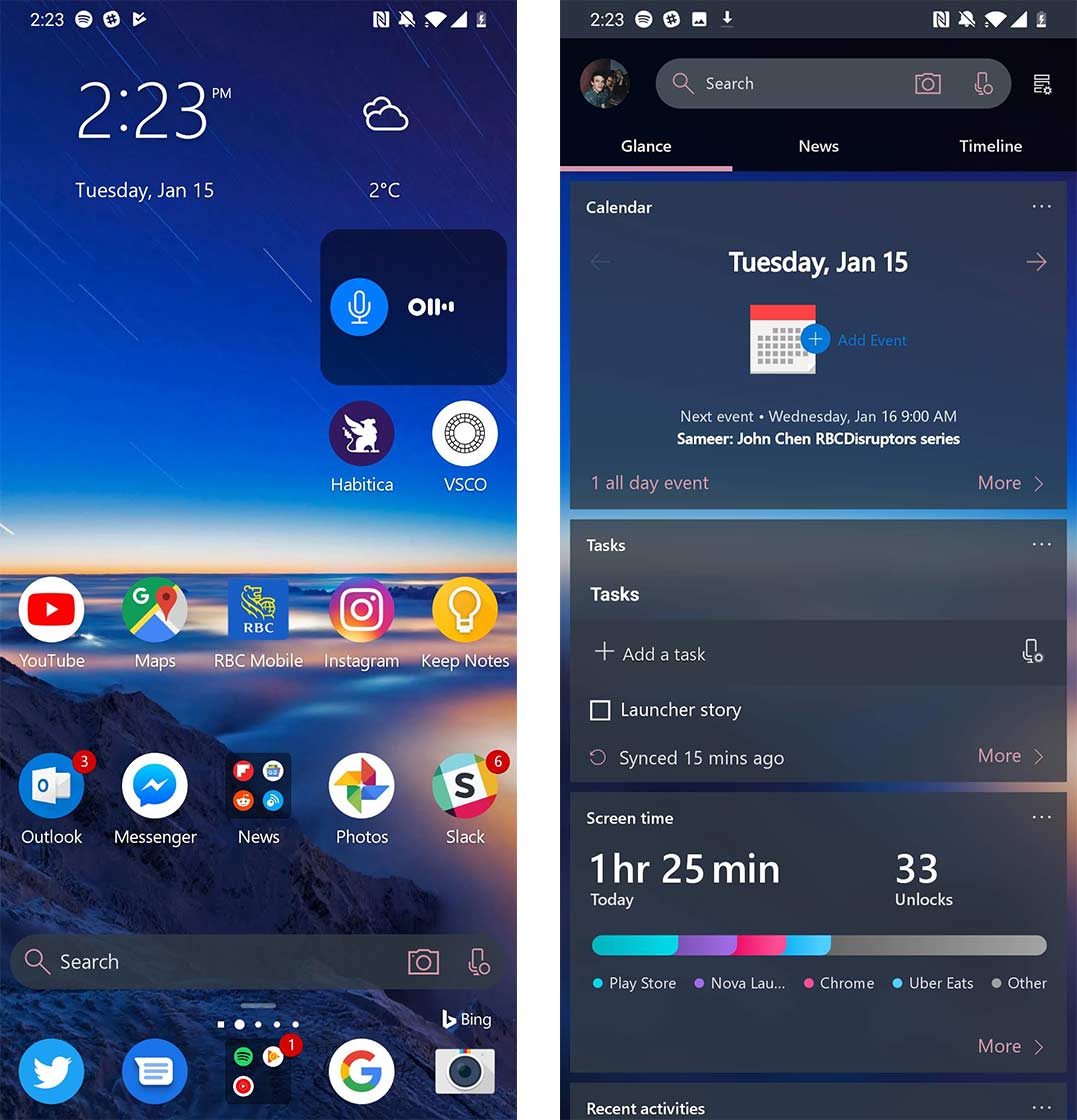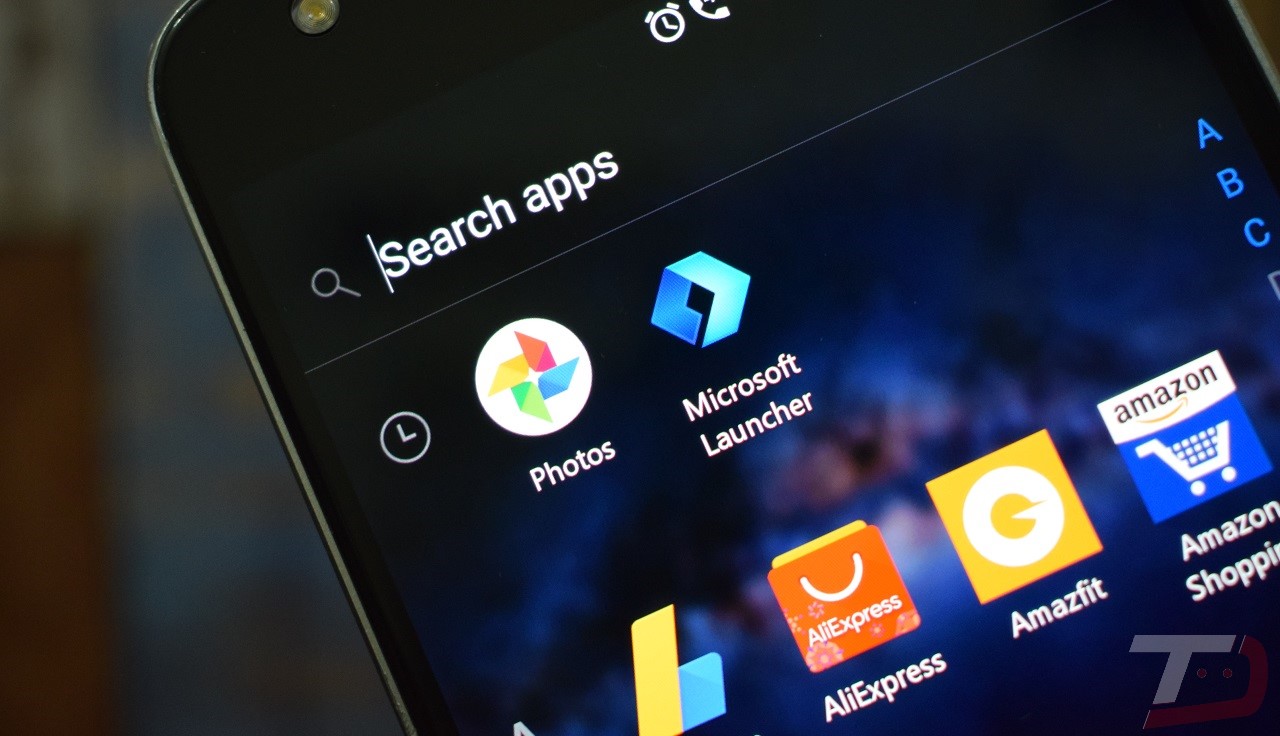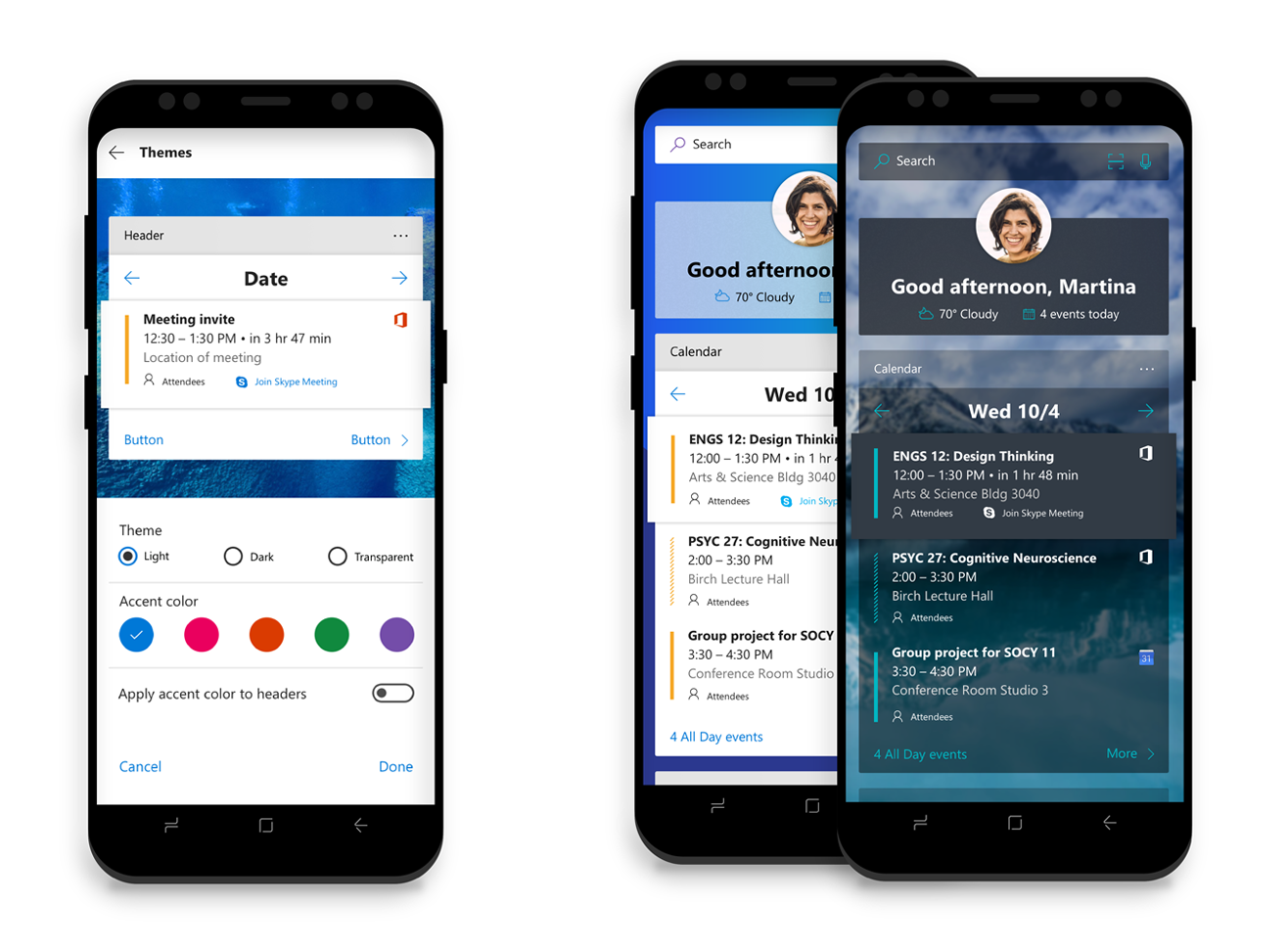

Just as on the iPhone, the quick menu is pulled up from below. The feed, which is nearly identical and located in the same place as iOS, displays numerous information, news, frequently used apps, and similar things in a bundle, and users themselves can determine what content is displayed. Two of the launcher’s most essential functions are the feed to the left of the homescreen and the quick menu that can be pulled from the bottom. Briefly swiping your finger from top to bottom opens a system-wide content search like on the iPhone or current Huawei smartphones.

Android’s notifications remain untouched by the Microsoft Launcher. App folders are displayed as squares and you can view up to four of the included icons at a glance without opening the folder. The launcher’s surface seems modern and non-intrusive. We start by deploying the Microsoft Launcher app as required to our Android Enterprise Fully Managed devices.The Microsoft Launcher was quick to download and install, and Android requests the necessary permissions both at launch and when selecting certain functions.

Optional we can use an App Configuration policy to deploy additional settings for the Launcher and grant permissions to the app. To set the Microsoft Launcher as the default launcher, we need to deploy the Microsoft Launcher app and use a Device restrictions profile to set the launcher as default. Using the same launcher on every device, makes it much easier to support this. As every Android vendor changes the stock Android experience, it might be hard to provide support on all those devices with all those different launchers. With the latest Microsoft Endpoint Manager (Intune) service release (2006), we are now able to set the Microsoft Launcher as the default launcher for fully managed Android Enterprise devices.Ī reason for setting the Microsoft Launcher as default is to make your different Android devices in the company have the same look and feel.


 0 kommentar(er)
0 kommentar(er)
